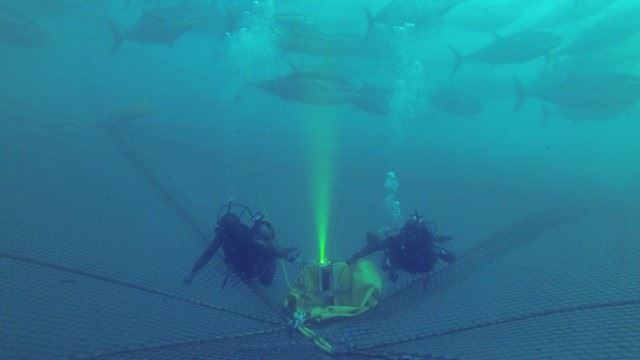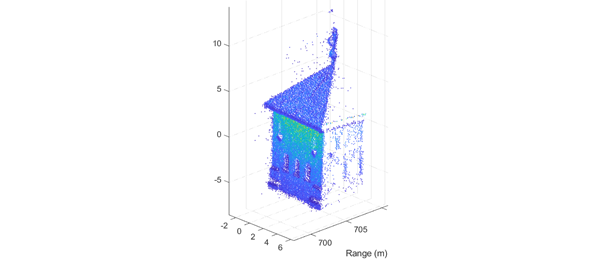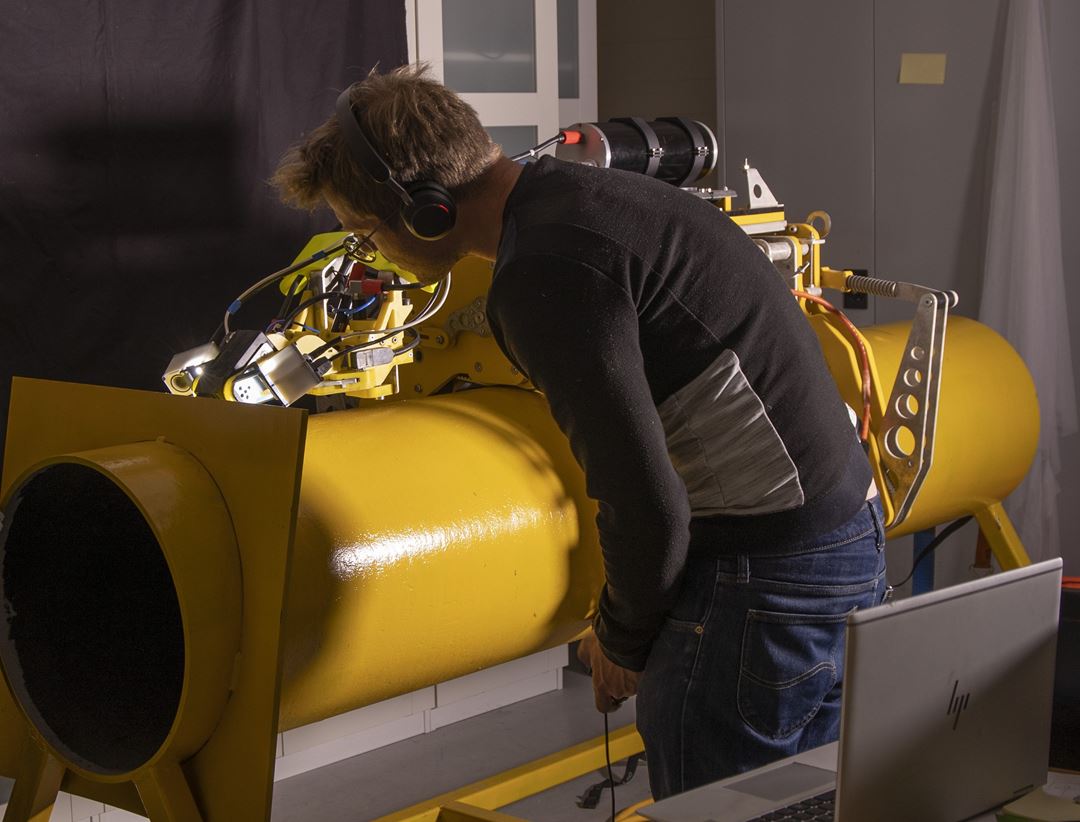Flexible and robust automation systems
3D cameras are essential to success in complex and unstructured automation settings. Standard cameras give us good images, but 3D cameras provide additional information, as well as direct measurements of the geometric structure of the target setting. They offer robustness, simplicity and flexibility, enabling us to avoid manipulating lighting and other settings.
Enabling autonomous systems
Autonomous vehicles, such as drones and mobile platforms often use 3D cameras or LiDAR systems as one of their primary sensors. 3D cameras enable such vehicles to navigate in complex environments and make such systems more secure by enabling them to respond to sudden and unforeseen events.
We have experience in the use of 3D cameras installed on drones and mobile platforms for inspection and navigation applications in industrial settings.
From the deep oceans to outer space
Our broad experience in the construction of 3D cameras has enabled us to develop a range of devices adapted to some very challenging environments. These include:
- The UTOFIA camera, which is a range-gated, flash LiDAR device, designed to take high-quality 3D images under water. Specially designed camera chips and lasers enable us to obtain good 3D data, even under poor visibility.
- High-resolution structured light cameras being developed together with the SINTEF spin-off company Zivid . These are currently the fastest and most precise combined colour and depth cameras available. They are one of few types of camera that enable advanced automation systems to carry out operations such as bin picking of small parts, and 3D imaging of complex surfaces.
- Cameras developed together with the European Space Agency that facilitate imaging at distances of several kilometres for rendezvous and docking purposes as well as those that can be miniaturised to take detailed 3D images of objects in connection with gripping, inspection and interaction.
- underwater 3D cameras, developed together with OceanTech, that facilitate the detailed inspection of pipe joints on subsea installations.
- We collaborated with OceanTech on their new robotic solution, enabling automated non-destructive weld testing in the splash zone.
Making the right choice
In the past, one would often develop 3D cameras in house, but now there is a wide range of technologies and suppliers to choose from in the 3D camera market. However, there are many factors, such as accuracy, speed, failure modes, range resolution and so on that must be taken into consideration when selecting the right technology for the job in hand.
At SINTEF, we have extensive experience in both the design and use of 3D cameras, and we have developed technology that well balances the previously mentioned factors. We also have the necessary expertise within the electronics, optics, and algorithms to enable us to develop new 3D cameras and perform the subsequent analysis of the 3D point clouds.



